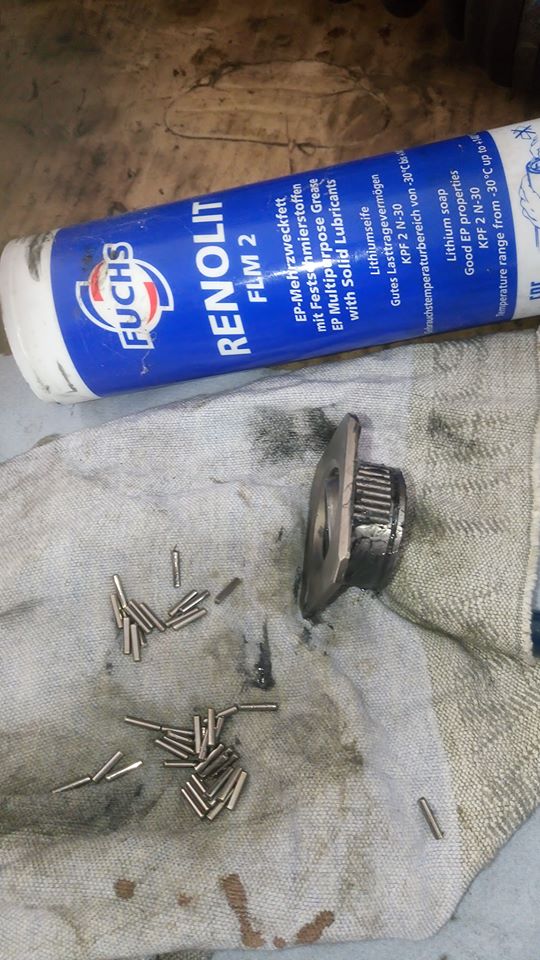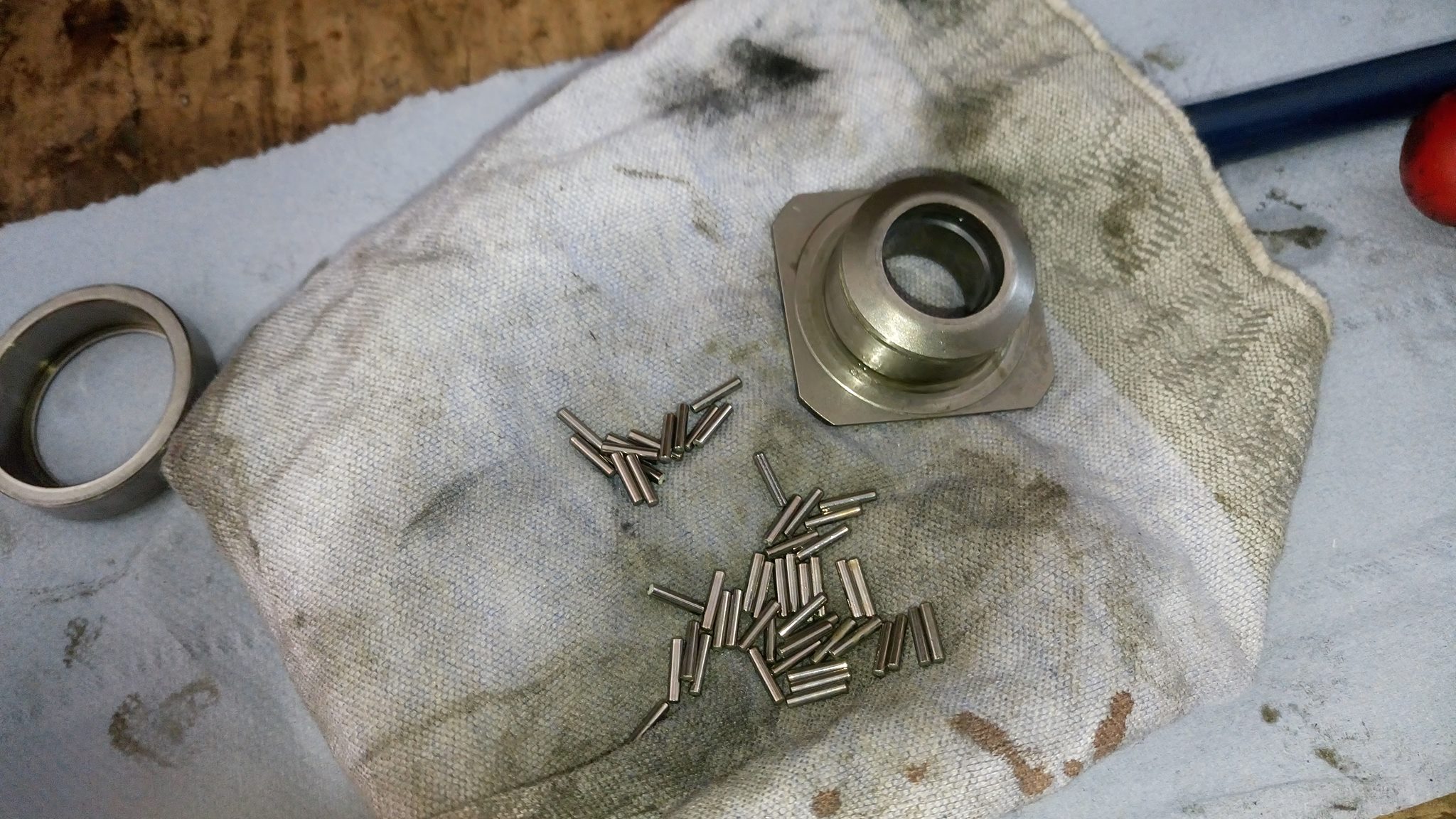I can only add that another engineer from GKN responded by saying that, "...molybdenum disulphide can clog the spaces between needle bearings and the spaces between the needle bearings and the inner surface of the outer races."
GKN are very clear in their literature to state that cv joint grease - molybdenum type - is not to be used in tripod/plunge bearings, and, that tripod/plunge bearing grease not be used in cv joints.
MD may be fine for a while lubricating the tripod bearing...it may work for a long time under certain conditions, as a few have pointed out. I have no experience here and only bring information from a respected company who developed their own lubricants to work with their own products, new and aftermarket.









 Reply With Quote
Reply With Quote
 .
.


